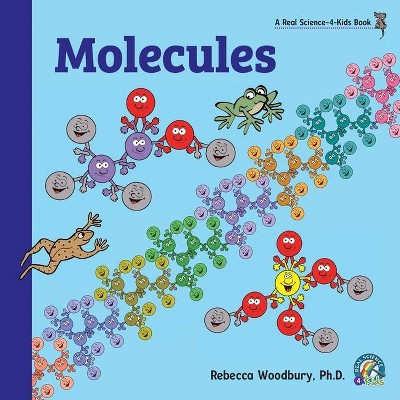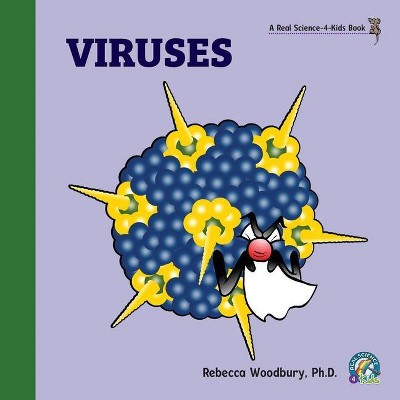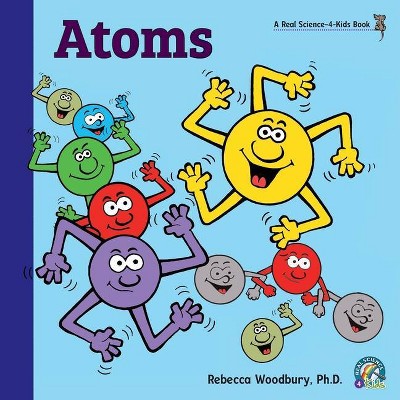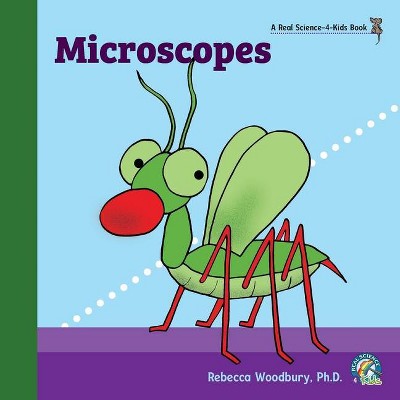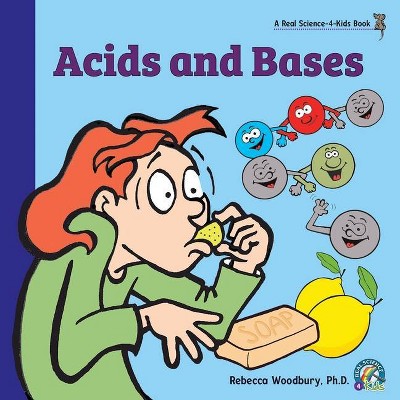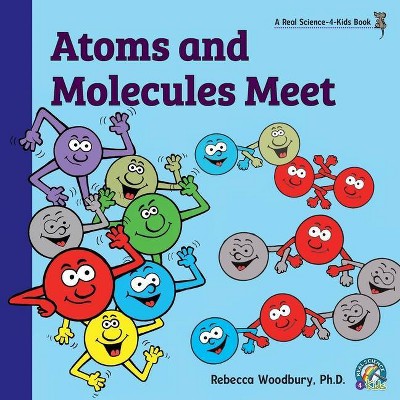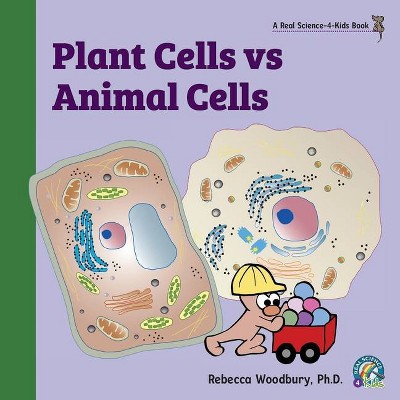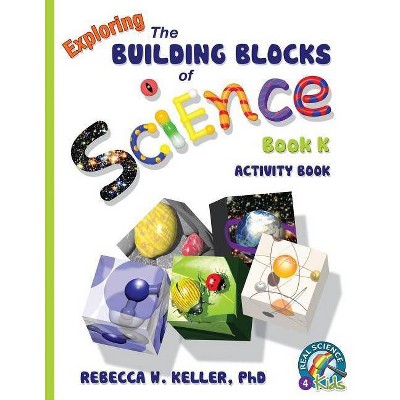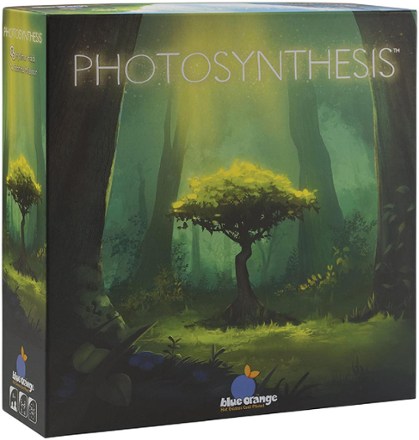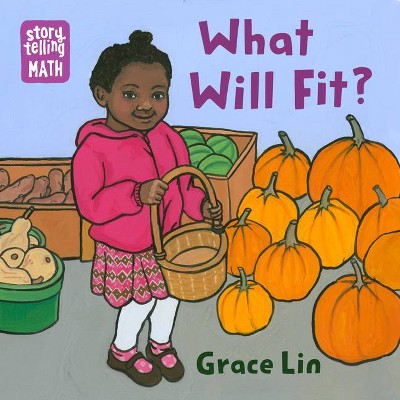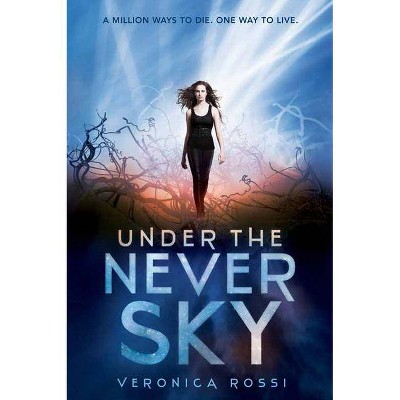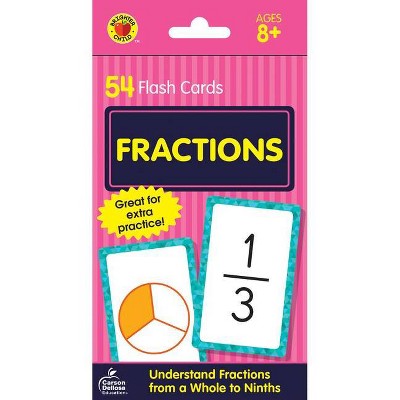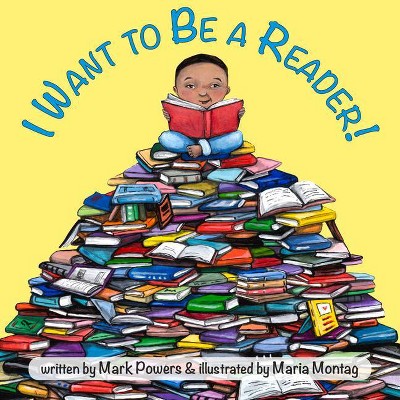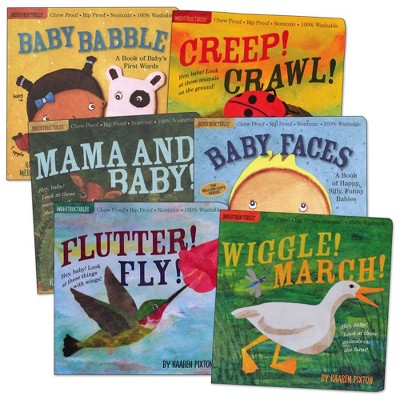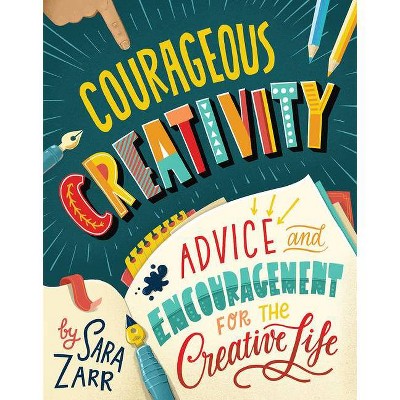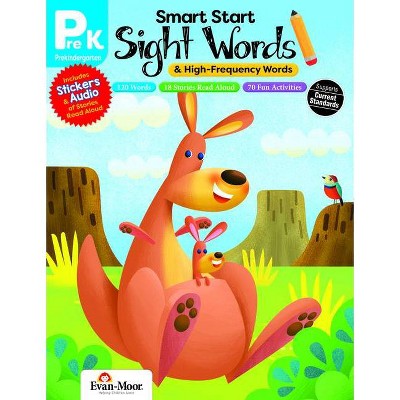Photosynthesis - by Rebecca Woodbury (Paperback)
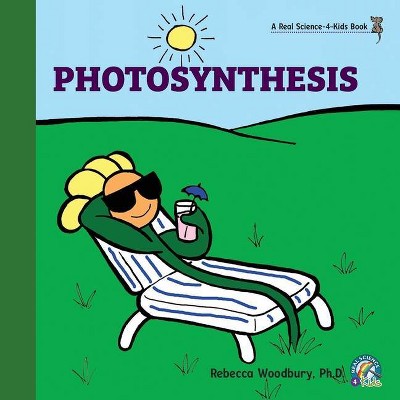
Similar Products
Products of same category from the store
AllProduct info
<p/><br></br><p><b> About the Book </b></p></br></br>During photosynthesis plants use sunlight to make food. Chlorophyll makes plants green and is a molecule that catches sunlight, sending it to the chloroplast, an organelle where the plant makes sugar. Some plants use photosynthesis all year, some don't. Atoms, molecules, cells, and organelles are defined. Reading Level 1-3, Interest Level 2-5.<p/><br></br><p><b> Book Synopsis </b></p></br></br><p>In the leveled reader <em>Photosynthesis, </em> fundamental science concepts in biology are explained through simply written text and colorful, fun illustrations. Young readers discover that photosynthesis is the process by which plants use sunlight to make their own food. The green parts of a plant are green because they contain a large, special molecule called chlorophyll. The job of chlorophyll is to catch sunlight and send it the chloroplast, the organelle in plants cells that is the sugar factory. All living things are made of cells, and organelles are small structures inside cells that do certain jobs. Evergreen plants use photosynthesis all year long, while other plants stop using photosynthesis when the light is low in autumn, causing their leaves to change color. In the spring, plants grow new leaves and photosynthesis begins again. Atoms, molecules, cells, and organelles are defined.</p><p>A pronunciation guide of scientific terms is included. 24 pages filled with engaging, colorful illustrations. Reading Level 1-3, Interest Level 2-5.</p>
Price History
Price Archive shows prices from various stores, lets you see history and find the cheapest. There is no actual sale on the website. For all support, inquiry and suggestion messages communication@pricearchive.us
